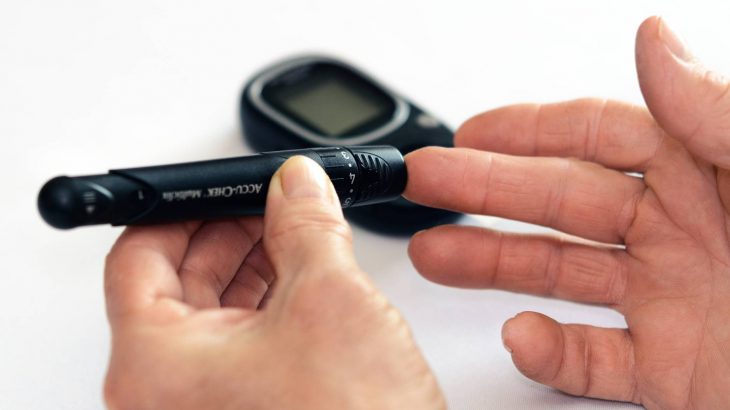If you’re a diabetic, your Glucometer could be your best friend. *Could be*. But instead of creating a healthy relationship with what could be the best tool in your arsenal against this slow killer, you banish it to a dusty cupboard. You waste time, money and your life, literally, because you can’t be bothered to use a Glucometer that you have at home already. Enough ranting. I’ll get to the point.
- A Glucometer gives you instant results. That’s the main advantage
- It lets you get checked wherever you are. That’s the second one.
- This means no lab visits necessary. No unnecessary exposure to other illnesses. *Cough, corona cough*
- Use the Glucometer to know how your blood glucose trends. The absolute value may, or may not be off by much, but knowing the trend is helpful. Undeniably.
I’m not going to be talking about Glucometer use technique or which brand to buy. That’s up to you.
I’m talking about using the Glucometer to get an idea of how your body reacts to each type of food. About how your body reacts to the timing and the quantity of food. How it reacts to a particular for combination. How it reacts to sleep or the lack of it. How it reacts to stress. About whether that feeling of peckishness you’re having is really hypoglycaemia or its just you being bored and wanting something to chew on.
You’ll need two basic readings. One as soon as you wake up. Call it the fasting blood glucose. It’ll get worse if ,
- you’ve slept poorly,
- not slept enough,
- Not fasted for long enough (minimum 12hrs)
- If you’re stressed and your cortisol spikes unnecessarily high.
- If you’ve had an unrecognised hypoglycaemia episode while sleeping and your body responded by using counter regulatory hormones to increase blood glucose and prevent brain damage.
Post prandial blood sugar. It’ll get worse if you
- Eat too much
- Eat too much carbohydrates
- Eat when stressed or sleep deprived
- Eat the wrong combinations of food
- Eat high glycemic index food
Once you have a mental database of how your body reacts to each food type and quantity, you can now start adjusting your diet. In the beginning you’ll have to test frequently because you’ve no idea what your body tolerates and doesn’t. Just because you feel fine doesn’t mean your blood sugar is normal. Be prepared to learn a lot about all the lies you’ve been told very fast. If you’re a diabetic, you’ll learn very quickly that chapathi are useless at reducing blood sugar. But you’ll learn it, only if you check. Otherwise you’ll eat chapathi and just believe that your blood sugar is”fine”. You’ll learn the same thing about oats.
Test and see for yourself. If your body tolerates a food without spiking blood sugar, have it. If it spikes after having a supposedly diabetic friendly food, you’ve been lied to.
You’ll learn to start exercising a few short minutes before sitting down to eat. 50 squats will take you less than 2 minutes and can be done anywhere. You’ll see that your post prandial blood sugar is reduced. You’ll find out that a short 15 minute walk after food reduces your PPBS. You’ll find out that if you spend less time sitting at work your PPBS will reduce.
Use the tools you have at hand to learn about yourself and set yourself free. You may have to test yourself frequently for a few months as you build an idea about your body and the way it responds to diet, sleep and exercise. But once you have it, you’ll find that your health improves and your reliance on drugs comes down.
